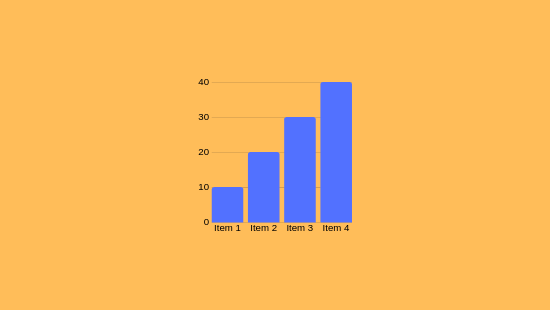Understanding the Functionality of Forex Indicators
Understanding the Functionality of Forex Indicators
Blog Article

As you explore forex measurements, you'll understand they are computational techniques that scrutinize market numbers to predict market behaviors. These indicators assist in identifying market patterns, validating signals, and detecting extreme market conditions scenarios. For example, the RSI gauges momentum, while Bollinger Bands measure variability. Enhancing your trade techniques by integrating these metrics is crucial, especially if you aim to manage risk effectively.
Grasping the Core of Forex Indicators
Forex indicators are computational devices integrated in charts to assist traders in scrutinizing market dynamics and making informed decisions. They provide perspectives into price movements and potential trading opportunities by processing historical and real-time data.
Forex tools are categorized into four primary groups: trend indicators (e.g., Moving Averages), momentum indicators (e.g., Relative Strength Index), volatility indicators (e.g., Bollinger Bands), and volume indicators.
These instruments can signal reversals, confirm trends, or highlight overbought/oversold climates. If you're looking to enhance your methodologies, understanding these indicators is vital.
Types of Forex Indicators
Upon evaluating market trends, investors usually employ a variety of indicators to guide their trading choices.
Forex indicators can be grouped into different classifications, each fulfilling distinct functions.
Trend Indicators like Moving Averages (MA) and Bollinger Bands aid in uncovering movement patterns and potential breakouts.
Momentum Indicators, such as the Moving Average Convergence/Divergence (MACD) and Relative Strength Index (RSI), recognize shifts in price momentum and indicate excessive buying/selling.
Volatility Indicators like the Average True Range (ATR) measure fluctuations, assisting investors in establishing protective measures.
When applied wisely, these indicators can boost trading proficiency.
Essential Instruments for Trading Choices
To executive insightful investment choices, understanding and applying key indicators that analyze market conditions is imperative.
Price Movements (MA) track mean trade values over specific periods, revealing trends by evening out variations.
The RSI measures momentum on a 0–100 scale, indicating excess buy above 70 and highlighting excessive sell below 30.
MACD compares two EMAs to validate directional trends, with histograms displaying positive or negative click here trajectories.
Bollinger Bands utilize variability measures around a moving average to determine volatility and potential reversals.
Retracement intervals denote support/resistance zones based on prior price movements.
Combining these measures enhances precision by verifying signals if congruent, enabling exact timing for currency pairs.
Employing Indicators in Risk Oversight
As you fine-tune investment methods, effectively applying indicators for risk control is essential. Tools like Moving Averages and Bollinger Bands notice volatility and spot viable trade junctures for risk minimization.
These tools permit the setting of stop-loss orders and limit orders, which are key for limiting possible losses.
For example, applying stop-loss orders restricts your loss to a certain amount, such as 2% of your trading capital per trade. This disciplined tactic aids in managing forex risks by curtailing exposure to market volatility and leverage, which are significant challenges in currency trading.
Combining Indicators for Enhanced Accuracy
Combining indicators is a sophisticated strategy for elevating accuracy in forex trading. This method enables for the leveraging of multiple tools to examine several facets of market behavior, including trends, drive, and volatility.
By utilizing indicators like Moving Averages, RSI, and MACD, you can craft resilient trade schemes. Instance given, combining Moving Averages with RSI and Volume confirms trends and drive, while Bollinger Bands with Stochastic assess fluctuation and anticipate reversals.
If indicators from separate categories work together, redundancies are minimized, and trade signals are uplifted.
Conclusion
You've understood how forex indicators operate, covering their diversities like trend, momentum, and volatility tools. These elements aid in uncovering pivots and confirming trend continuity. By integrating indicators, investment accuracy is boosted, and risk management is better managed. For instance, using the Relative Strength Index (RSI) to highlight buying peaks and Bollinger Bands to evaluate volatility can refine your trade choices. Report this page